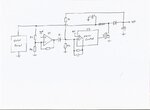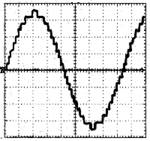amg66
Newbie level 4
Hi, Everyone
I want to do a project for solar panle. The idea how can keep the output of PV constant by using Boost Converter for Dc Application.
Can anyone plz help me and give some advice?
Thank you.
I want to do a project for solar panle. The idea how can keep the output of PV constant by using Boost Converter for Dc Application.
Can anyone plz help me and give some advice?
Thank you.

